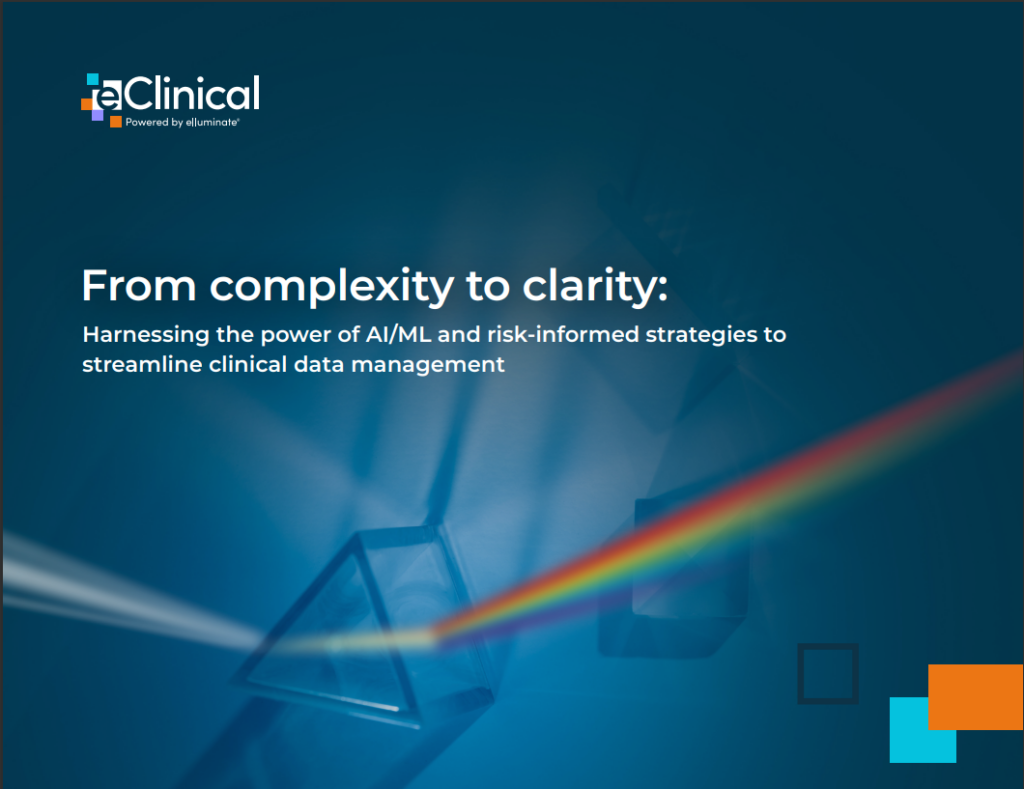It’s been four decades since Apple articulated the promise of AI as we know it today. Incremental evolution, marked by gradual enhancements in technology to improve operations and customer service, the airline industry is entering a revolutionary phase. This shift to revolution, catalyzed by the advent of AI, underscores a profound transformation from the slow, steady pace of the past to the rapid, disruptive changes of today. It signals a departure from incremental progress to a period where AI-driven innovations redefine the industry’s foundational aspects, setting a new trajectory that promises to reshape the future of air travel.
In the midst of this revolution several factors are converging on airlines in 2024. Demand is sky high and growing. IATA predicts that 4.7 billion passengers will travel by air in 2024, more than 2019. These passengers are also smart shoppers, many who are sophisticated digital natives. An ATPCO survey shows that they want more personalized offers and they want to be able to pick and choose extras, with visuals to help them make their decision.
The bulk if new growth will come from leisure travel, as business travel remains muted after the pandemic. Airlines need to lean into leisure travel growth with strategic marketing that is designed to stimulate more demand. The average traveler needs to double their leisure trips per year to make up for lost business travel, which means that airlines must do more to capture their imagination and their spending. The good news is that Millennials and Gen Z are fans of travel, and take more leisure trips than older generations did at their age. The challenge for airlines is that they are also digital natives, and smart about online retail, targeting and marketing, which sets the bar of expectations higher.
In this market, airlines are also dealing with the fact that people are shifting their travel habits quickly, making processes like pricing and flight scheduling harder than it once was. Airlines also experienced a shortage of skilled workers after the pandemic and that extends all the way through the back office including analysts, marketers and technologists. Competition keeps increasing with new entrants like Breeze Airways flying to underserved routes across the U.S.
All of these factors make airlines perfectly placed to embrace the recent advances in AI and harness the revolution. AI automates and scales processes, supports smarter marketing decisions and creates better customer experiences. In just the past year alone, AI has improved dramatically, creating a number of opportunities for airlines to make up some lost ground. Yes, tech companies also have access to AI, but airlines have brand equity, own the planes themselves, and could, with the right approach, win on customer experience and sales strategies.
AI can be used to better understand passengers, to automate and scale processes, optimize pricing and offers, and create more efficient operations to name a few.
Where AI is today
Before the recent advancements in generative AI, there were predictive models for various applications, including airfare pricing. Farecast, acquired by Microsoft in 2008, was a pioneer in using predictive analytics to forecast airfare price trends. This allowed consumers to make more informed decisions on when to buy airline tickets based on predictions of whether prices would rise or fall in the near future. The technology behind Farecast was an early example of applying machine learning algorithms to large datasets for predictive purposes, a principle that underlies many of today’s AI innovations.
Many people think AI is just chat bots that help with customer service, but that is just the tip of the iceberg. The ability for today’s AI to harness insight from large datasets and deliver leaps in performance is staggering. These are just a few use cases:
- New business insights and capabilities like dynamic pricing, predictive analytics and demand forecasting allow airlines to make real-time market adjustments, manage seat inventory optimally and analyze flight scheduling to maximize profitability
- Customer experience improvements like personalized pricing, tailored travel packages and enhanced loyalty programs can ensure that airlines don’t just focus on revenue and short term wins, but ensure long term loyalty and customer value.
Where AI will be tomorrow
Generative AI will revolutionize the concept of customer service. From the early stages of the shopping process to the actual flight and beyond, airlines will be able to tap into AI to create incredible content in real-time that is perfectly tuned to the needs of the customer.
Very soon, the concept of chatbots will morph entirely into totally interactive AI shopping experiences. A traveler will be able to navigate with strategic purpose, not just basic FAQ style facts. They’ll be able to ask for data about the cheapest flights that are less than 2 hours from their preferred destination, or ask for which upgrade is the best value for the money.
In only a few years, generative AI will have advanced so significantly that super-realistic videos can be generated on the fly. What we can do with basic text today will evolve to the point that airlines can employ generative AI to create on-demand videos for all sorts of passenger needs. Imagine a passenger walking through an airport where they’ve just landed and holding up their phone to get real time directions to the taxi line based on where they are in the airport.
Further out, AI will be powering machines that will automate many parts of the flying experience. Travelers will walk into an airport, share a few bits of information and hand their bags over to a robot. TSA check-in will become more advanced with new scanners that use AI (and, hopefully, faster!) The exciting feature of these machines is that they can be trained to learn and improve. Imagine an airline placing a few generalist robots in their lounge to interact with visitors, and being capable of quickly and accurately answering questions about a flight delay, providing guidance about how long it could take to get to a gate, or detail about a connection. The robot could even use voice recognition to instantly pull up personal flight information.
Where Airlines Need to Close the Gap
In the college class I teach, I like to share insights from McKinsey that outline the most fundamental investment companies can make to be ready for the AI revolution: cloud computing. Companies can “rejuvenate, innovate, or pioneer” with their cloud investment. These three levels range from investing in foundational infrastructure to integrating new technologies that refine and enhance processes, pioneering cutting-edge development, and fostering a culture of experimentation.
For instance, consider how a progressive airline might navigate these stages. Initially, the airline invests in cloud infrastructure to rejuvenate its existing data management systems, ensuring robust, scalable storage and improved data accessibility. Next, the company innovates by adopting cloud-based data democratization combined with cutting-edge analytics tools that refine its distribution and operational processes—like utilizing real-time data to optimize dynamic offers, flight operations, and crew assignments.
Finally, in the pioneering stage, the airline might embrace advanced cloud-native AI solutions to revolutionize passenger service, such as deploying a sophisticated AI system that personalizes in-flight entertainment based on passenger preferences gathered through integrated data streams across various touchpoints.
This evolution exemplifies strategic investment in technology and illustrates a commitment to leveraging cloud computing for continuous improvement and innovation. For example, when I started teaching this two years ago, generative AI was still just an obscure research project. The airlines with a strong cloud foundation are already ahead of their peers in embracing this new innovation, and will be ready for the next one. The AI revolution isn’t going to wait, neither should airlines.
About the Author

Rick Seaney is the Vice President of Innovation at 3Victors, following the successful acquisition of 3Victors by ATPCO in late 2023. Rick was the co-founder and CEO of 3Victors, a groundbreaking big-data travel analytics startup that secured venture funding in early 2020. As the VP of Innovation at 3Victors, Rick drives the company’s innovation efforts, shapes its vision, and oversees its execution and development. He is dedicated to catalyzing the transformation of the travel ecosystem, advocating for real-time data-driven decision-making as the travel industry’s future.
Sign up for the free insideAI News newsletter.
Join us on Twitter: https://twitter.com/InsideBigData1
Join us on LinkedIn: https://www.linkedin.com/company/insidebigdata/
Join us on Facebook: https://www.facebook.com/insideAI NewsNOW





Speak Your Mind